
How to Pick a Winning Horse at the Race Track. Horse racing has been popular in the U.S. for more than 150 years, and the official USA guide lists racetracks in 32 states. It's impossible to accurately predict the result of a race, as the outcome is affected by a number of factors including the health and fitness of the horse and jockey, the weather, and type and distance of track. The Daily Racing Form, America's racing authority, groups together factors affecting a horse's performance -- called "form" -- and you can study this in order to maximize your chances of picking a winner.
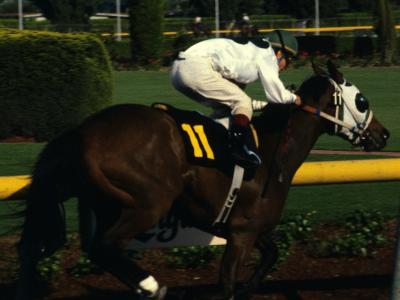
Study the horse's past form. Note when it last raced. If there's a long gap since the horse last raced, it may have been recovering from injury or health problems and may not be at the peak of fitness. It's often not a good idea to pick a horse that's having its first outing after a break.
Consider the odds offered on the horse. The race odds are calculated by bookmakers by the amount of money bet on each horse. Odds change all the time as people place their beds. The favorite is the horse that has had the most money placed on it; horses that are considered unlikely to win are called longshots. The favorite's odds are often outlined on the form card in green. If a horse is carrying odds of six to one and wins, placing a $1 bet to win would result in winnings of seven dollars -- six plus your original stake. Horses that carry the shortest odds are expected to put in the best performance. However, part of the attraction of horse racing is that outsiders can sometimes win at very long odds. It's sometimes worth betting on an outsider due to the increased rewards, as long as you can afford to lose the bet if it loses.
Look at the horse's past career. Information in the race card tells you how many times the horse has run this calendar year, how many times it has run in its career and how many times it has run over similar surfaces and distances to today's race. The card also tells you how many times the horse has run at today's specific track. Using this information, you can work out how likely the horse is to do well today, and whether its performance has been improving or decreasing throughout the year.
Choose a competitive horse. Horses are herd animals, and some are content to stay in the middle of the herd, where they feel protected. The race card tells you where each horse finished in previous races -- first, second, third or unplaced. Choose a horse that's consistently in the front few runners; it has the competitive urge and is more likely to want to win. Some race cards also give you a "running style" -- for example, if the horse starts in the middle of the pack but then normally moves to the front.
Look at the horse in the paddock. Consider the way the horse is moving and reacting to the crowd. Horses that are very excited before the race often lack the energy to do well once competition starts. More experienced horses remain calm and save their energy. Look for a bright eye, glossy coat and air of general alertness, all signs of good health.
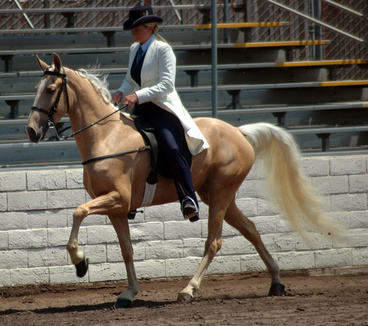 About Walking Horse Bridles
About Walking Horse Bridles
About Walk
About Walking Horse Bridles
About Walking Horse Bridles
About Walk
 How to Calculate How Much to Feed a Horse
How to Calculate How Much to Feed a Horse
How to Calculate How Much to Feed a Horse
How to Calculate How Much to Feed a Horse
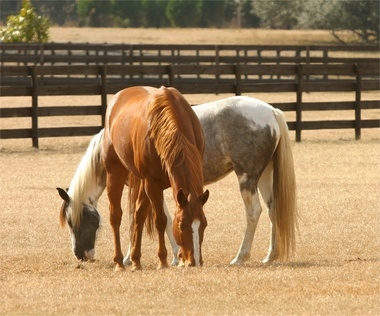 Horse Shelter Ideas
Horse Shelter Ideas
Horse Shelter Idea
Horse Shelter Ideas
Horse Shelter Ideas
Horse Shelter Idea
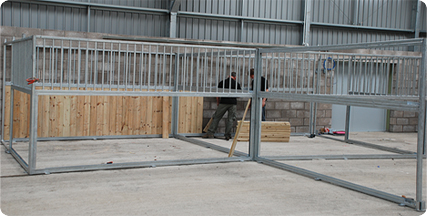 How Customized Steel Stables Are Beneficial?
Choosing the place for the horses and constructing it for th
How Customized Steel Stables Are Beneficial?
Choosing the place for the horses and constructing it for th
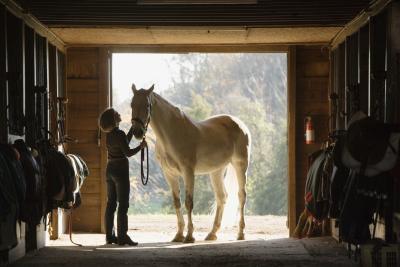 Wood Types for Horse Stalls
Wood Types for Horse Stalls
Wood Types
Wood Types for Horse Stalls
Wood Types for Horse Stalls
Wood Types
Copyright © 2005-2016 Pet Information All Rights Reserved
Contact us: www162date@outlook.com